Note: When I read Breath, by James Nestor, I was in my first year of medical school at the Shanghai University of Traditional Chinese Medicine in China. This essay grew from reading that book and was originally written at the height of the pandemic in 2020. Nestor’s insights felt timely and nurtured my need to feel in control. I shared the essay with a few people, then decided to revisit it this month as more places enforce new lockdown measures to address ongoing virus outbreaks. What can we control? Few things perhaps, but we can begin with our breath.
To be alive means that we are in a constant state of homeostasis.
Part of maintaining our physiological balance requires breathing. You can survive for three weeks without food and about three days without water, but we’re granted only three precious minutes without breathing before we will die.
So important was nasal breathing to the ancient Chinese people that they encoded it in their numerical system. The character for the number four makes the shape of a nose and nostrils to represent the act of breathing. When spoken, it also happens to sound like the word for death. In many cultures, however, the number four symbolizes completion.
What is a human being without breath but incomplete?
Today, breathing well is hard. While the pandemic improved air quality around the world for a short time, the air quality index resurged with devastating west coast fires and our swift return to productivity.
According to James Nestor, author of Breath: The New Science of a Lost Art, it’s not just the fires on the west coast or our insatiable consumer appetite making it so hard to breathe.
It’s us.
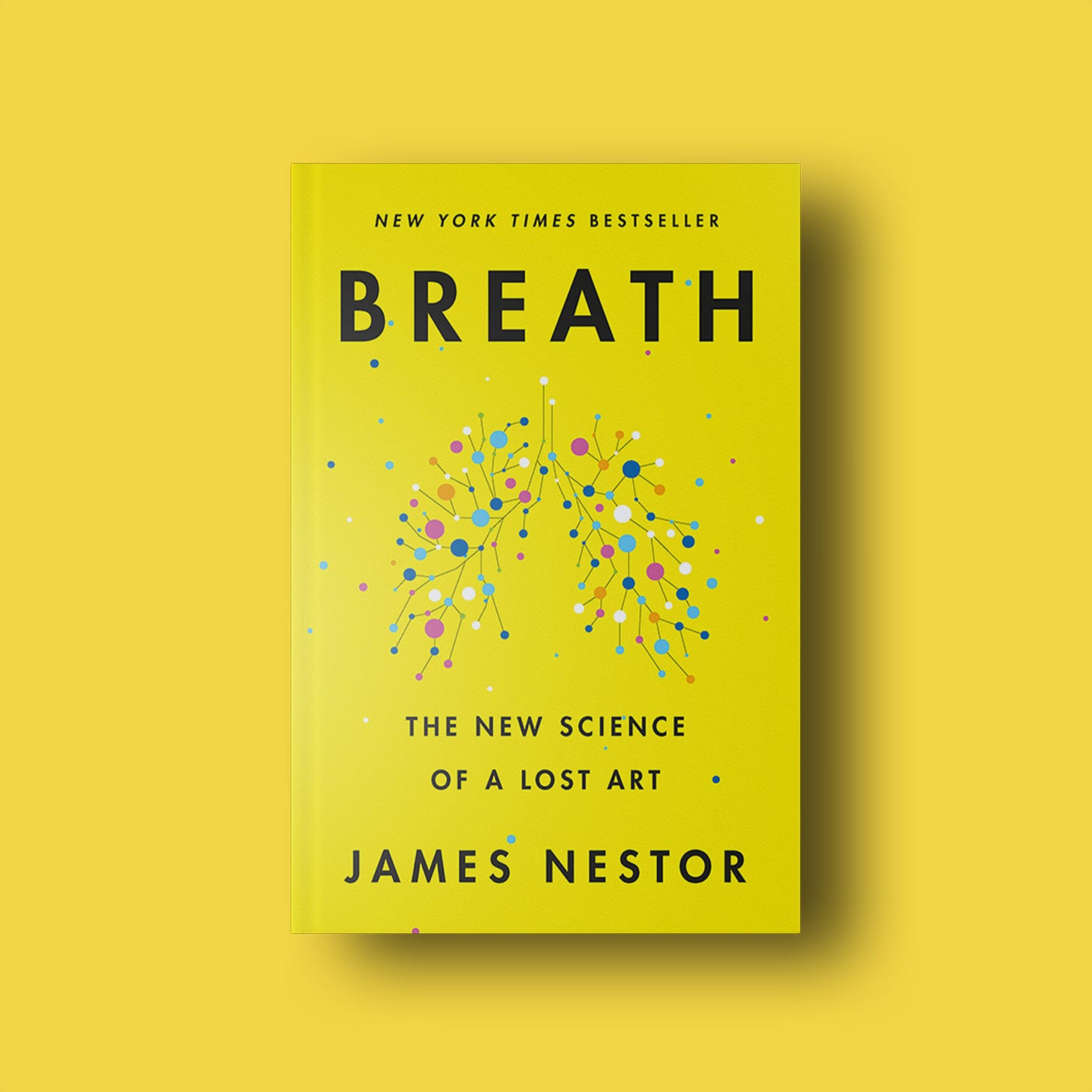
It seems implausible at first, but Nestor makes a compelling case that our evolving anatomy has resulted in a shift from nasal to mouth breathing.
This change has had unexpected consequences which research accounts for the rise of snoring, sleep apnea, asthma, allergies, hypertension, and even autoimmune disease.
To understand how we became a culture gasping for air, Nestor travels back in time and up his nose to argue that ancient medicine, the “lost art” part of his subtitle, can resuscitate how we breathe.
Breathing is a topic Nestor knows well. In Deep: Freediving, Renegade Science, and What the Ocean Tells Us About Ourselves, he explored the amphibious abilities of freedivers alongside them. No surprise. These extreme athletes are great breathers. The book also provided background research and a template for the narrative structure of his next deep dive.
In Breath Nestor embeds himself in various ways again, from joining a 20-day breathing study at Stanford University, infiltrating various breathing groups, and exploring catacombs to even wearing custom orthodontics.
While the Stanford study flows the length of the book, his journey begins ten years earlier following a diagnosis of respiratory problems. For treatment, a doctor recommends breathing exercises. Every patient takes a different path. Nestor chooses adventure.
He’s ready to reclaim his life, convinced that changing how he breathes will improve how he’s living. At times feeling like a search for the holy grail, indeed, Nestor offers us ”a scientific adventure into the lost art and science of breathing.”
I can relate to Nestor.
Several years before reading this book, I was on a similar quest when I hit a slump in my life. No longer was I a go-getter on the move. I was a shut-in terrified to go outside and breathe the air.
It was 2017, and I was living in Hanoi, a city whose average air quality meant that on most days I had to hover over a purifier to huff clean air. Ten years before, the New York Times, highlighted the city’s growing pollution problem caused by an explosion in motorcycle sales, a result of an economic boom.1
By the time I moved to Hanoi, wearing a mask only did so much. I dreaded even a walk to the corner store for fear I’d be drained. As it turns out, it wasn’t just the air at fault.
After fruitless visits to a Western medicine hospital, I chose to see a traditional Vietnamese doctor. Lying on the examination table, the doctor tutted over me. She stared at my waist for several uncomfortable minutes.
“It’s your breathing,” she said, then pointed to my belly.
I asked what the prescription might be, expecting her to needle me and send me home with herbs.
“Come tomorrow for qigong. I will teach you.”
With my next inhale, I came alive with the possibility of breathing better — whatever that meant.

Nestor received a similar prescription from his doctor to join a class to learn the breathing technique called Sudarshan Kriya.
Like qigong and the thousands of methods like it, the technique trains people to take in air in a way we’re not accustomed to: cyclically and rhythmically. There’s another element of this technique, perhaps the most important aspect, which is that breathing should be done with intention.
The concept of intent is generally omitted from Western medicine. In complementary and alternative medicine, one’s intention as a practitioner is a fundamental component of how medicine is practiced.
While Nestor doesn’t necessarily make this connection, he nevertheless builds his argument from a foundation of traditional healing practices because as he discovers, that’s where we find the earliest tips on how to breathe well.
As a result, Nestor vacillates in time to uncover the earliest and latest “plumonauts,” a term he uses to define the people who research breathing and their methods to improve it.
When looking for any lost thing, the first step is to recall where you last left it. In the case of breathing, all compasses point to the East. It doesn’t matter where the plumonaut in question lives today, their work relies on the wisdom found in millennia-old Eastern texts.
My breathing problems brought me to the ancient texts too.
After learning qigong from my Vietnamese doctor, I wanted to know more about this practice and where it began. In 2019, I moved to China to study with Dr. Chen Chang Le, a qigong master and acclaimed physician at the Shanghai Qigong Institute. Breath is his specialty. His classes on a relaxation style of qigong form the basis of his research, but his practice of it also likely accounts for his chill vibe.
Just as there are many techniques for breathing, there are many forms of qigong. The one I practiced with Dr. Chen was a version we could easily teach people. We planned to study and publish research on the physiological effects of casual, but regular qigong practitioners.
Unwittingly, I became a plumonaut, gaining access to a community of people obsessed with breathing. What I discovered, that Nestor’s writing affirms, is that we aren’t looking for hacks, nor do we appreciate our rigorous work filed under “New Age.”
Like me, the people I met were serious researchers intent on improving human well-being one breath at a time. We view our work as a calling and it seems our community is growing.
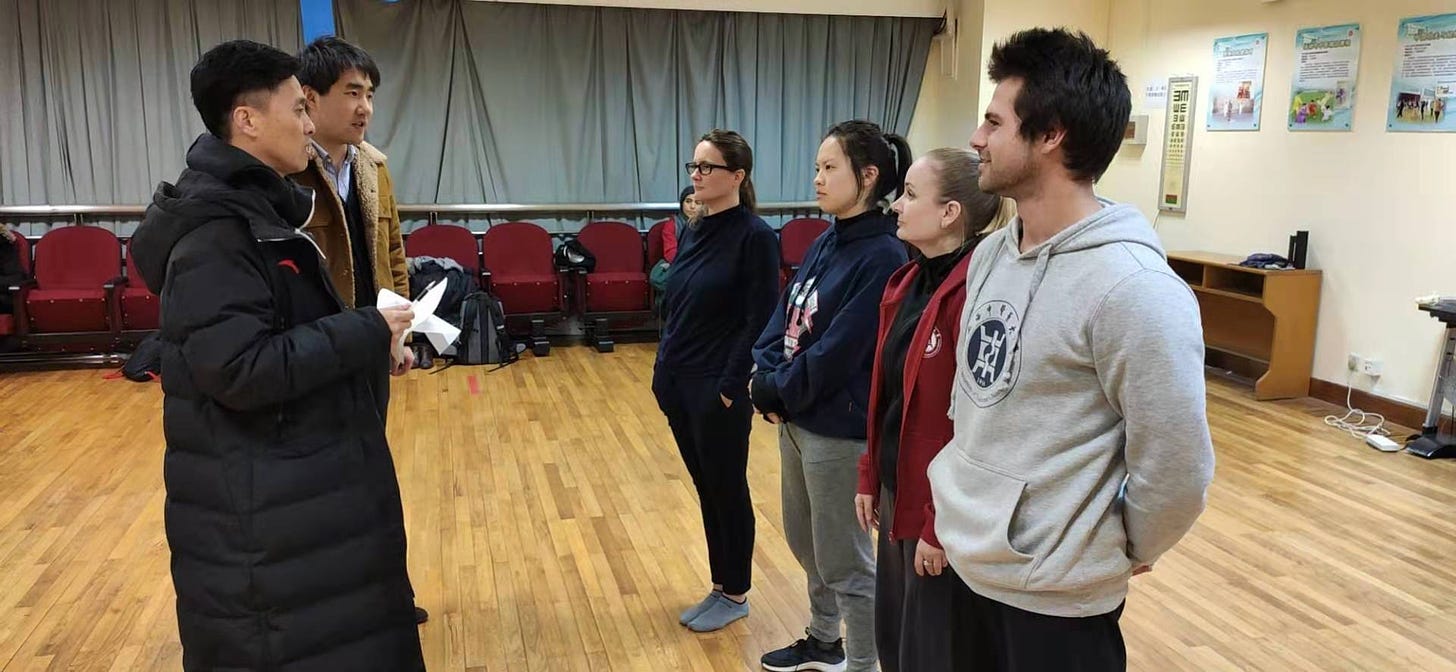
Sangha is the Sanskrit word for "community."
Buddhist teacher and monk Thich Nhat Hanh wrote that “Without being in a sangha, without being supported by a group of friends who are motivated by the same ideal and practice, we cannot go far.”
Traditional medicine, the “lost art” Nestor is referring to, requires an attentive and supportive community to flourish and grow. This book catalyzed one of its own. Since Breath launched, it has become an Alexandria of breathing libraries and united a community of people who wish to become better breathers.
That’s how I learned that Chuck McGee, one of the passionate plumonauts with whom Nestor spends time in Breath, was hosting a free, online class to learn more about the Wim Hof Method of breathing.
The technique’s namesake has become a guru in the wellness industry, his acclaim reaching as far as China if you count my classmate’s obsession with taping her lips while sleeping — a tip she got from Hof’s website.
Wim Hof is the self-taught, extreme athlete also known as “Ice Man” because he broke the Guinness World Record for prolonged contact with ice while swimming underneath it.
Since then, his fame has grown with the eponymously named method he created to improve overall wellness, which incorporates cold exposure, breathing techniques, and meditation.
Chuck McGee traveled to Poland to study the Wim Hof Method with its creator. After learning Hof’s style, McGee began teaching the breathing portion of the technique in person, then took his classes online during the COVID-19 pandemic.
On a Monday evening, as the pandemic waned on in 2020, I joined his free class along with nearly 200 other curious people from around the world. Nestor was silently present in the Zoom call, too. For the first half-hour, McGee explained the breathing process and technique, beginning with an informal medical disclosure.
We moved on to the breathing exercise after an exploration of the diaphragm’s relationship with the ribs. Connecting with our bodies was a nice segue to learn how to breathe. Like many people, breath is something I always saw as separate from my body, not in a dynamic relationship with it.
Immediately following the first round of the exercise, I went deaf. A chatter of crickets erupted in my ears, and the upper area of my chest became hot and prickly. My ears grew warm. My nostrils chilled with every inhalation. After holding in the air following the second breath, my upper arms became like logs, and felt paralyzed. When McGee ended the session, I was pretty sure that if I stood up, I would pass out.
Despite all of this, I felt calm, utterly so.
In addition to hypoxia — or depriving tissues of oxygen — something else was going on here. According to a growing number of studies, cyclic hyperventilation followed by breath retention, which was what we were doing with McGee, can benefit us.
In one study, voluntary activation of the sympathetic nervous system, a system that engages in dangerous situations, releases anti-inflammatory mediators. That’s a good thing. While inflammation is a protective response of the body, chronic inflammation — namely over a long period of time — can cause disease.2
There are fortunes made on“bio-hacking,” a term that suggests there are shortcuts to good health. What I like about McGee and Nestor is that neither recommends any breathing style as a quick fix nor that they can be mastered in one Zoom call.
“Listen to your body. Start slow,” McGee wisely cautions.
Although Nestor takes the position of the skeptic throughout the book, his respect for each breathing technique is evident. His research methodology is meticulous and the phrase “consult a doctor” is peppered throughout.
Some techniques, he underscores, however, especially those that require restrictive breathing, can be dangerous. Tummo, the technique from which Wim Hof developed his method, is one of them.
I had heard of tummo before.
In 2016, I met Dr. Bob Thurman, who with his wife, Nena, runs Menla, a 330-acre private nature reserve center in Phoenicia, New York.
We were introduced during a retreat, and I briefly helped with some marketing work that led me to learn about many of the people the Thurmans collaborate with including Dr. Nida Chenagtsang, who was instrumental in bringing Traditional Tibetan Medicine, or Sowa Riga, to Menla and arguably North America.3
Dr. Nida, as he is known, is a Tibetan Medicine doctor and teacher of tummo, which is also known as “inner fire” mediation. In addition to instructing regular classes online — and before the pandemic, in retreats at places like Menla — he has also written extensively on breathing techniques.
Mostly he thinks it's good that tummo breathing is being shared. For more advanced levels though, he’s wary.
“If somebody doesn’t know what is happening energetically or mentally, or if you don’t know the inner transformation and process, then it can be dangerous,” Dr. Nida explained. Tummo, after all, isn’t just about breathwork, it’s a part of a system within Sowa Riga.
The energy that Dr. Nida is referring to is “life force,” a term that has various names in different cultures, including prana, qi, pneuma, ki, orenda, ruah, etc. Although no one has yet confirmed that life force exists, numerous studies, including the one I began working on in Shanghai, have tried to measure aspects of it.
Life force is the foundation of traditional medicine around the world. It’s generally taught in reverential ways and through lineage. Above all, it was never intended to be for sale.
With increasing interest in alternative and complementary practices, attempts by individuals to monetize some aspects of these ancient medicine practices are concerning. Traditional medicine isn’t meant to be practiced piece-meal or without proper instruction. Novice practitioners, without guidance and right intention, can seriously harm themselves and others.
Dr. Nida explained that forced and restrictive breathing, which are considered advanced practices, can result in panic attacks or psychosis. Therefore, a method like tummo requires the right setting and teacher.
In its Appendix, Nestor outlines all the breathing techniques the book covers, including others that didn’t “make the cut” but that he regularly practices. Most are beginner level, which makes sense.
Taking Dr. Nida’s recommendation, novice breathers might select an observational breathing technique like Nadi Shodhana (alternate-nostril breathing), breathing coordination, or resonant breathing. Tummo or any of the restrictive methods should be practiced only after mastering basic techniques. 4
Another key point of Breath is that our lifestyle shapes us, sometimes to our detriment.
To address this point, Nestor offers a delightful exploration of the human species’ nasal and oral evolution. I had a hunch our noses have evolved — or devolved, depending on the snout you inherited.
From within the caverns of Nestor’s nasal passages and equally dark catacombs of Paris, we learn why breathing well is getting harder for humans to do. One idea is that our difficulty breathing is closely tied to the boom of industrialized agriculture and processed food. That wonderful, soft white bread doesn’t just wreak havoc on our waistlines, it also weakens the structures in our body that help us breathe.
Although Nestor spends less time explaining this research, he nonetheless embeds himself in it. In one example, he wears a special retainer for a year to increase the size of his mouth. His experience adds to the growing body of evidence that we are not entirely at the mercy of our genetic inheritance — if you don’t mind wearing orthodontics for a year.
He also includes a practical section in the Appendix on eating “rougher, rawer, heartier” foods. That list doesn’t include white bread — one cause of a weak jaw — but I felt less guilt devouring several loaves of pandemic sourdough bread when I knew it had the added bonus of strengthening my bite.
Beyond offering practical, ancient advice, Breath is an invaluable tool that can help us stay centered in a time of upheaval, when statements like “I can’t breathe” spoken by Eric Garner (now a Black Lives Matter slogan) permeate the headlines, when the smoke from epic flames chokes the west coast, or when masks that obstruct our breathing have become part of our face.
So where can you begin? Start by taking a slow, deep breath.
Breath commences with an epigram culled from an engraving made during the Zhou Dynasty, a dynasty that lasted longer than any other in Chinese history. Notably, it also marked the emergence of Daoism, a philosophy that encouraged breathing exercises.
“The inhalation [of breath] must be full” the carving instructs, warning that anyone who acts against this wisdom will die. It sounds harsh, but the ancient Chinese sages understood the power of this kind of breathing.
It’s essential for the well-being of each and every one of us. The planet too.
https://www.nytimes.com/2007/07/07/world/asia/07vietnam.html#:~:text=Motorcycles%20have%20become%20the%20symbol,pollution%2C%20officials%20and%20experts%20say.
https://www.pnas.org/doi/10.1073/pnas.1322174111
Read more about Dr. Nida via his website https://www.drnida.com/
I’ve saved you a step navigating James Nestor’s website to get you to the basic breathing techniques he explores: https://www.mrjamesnestor.com/breathing-videos




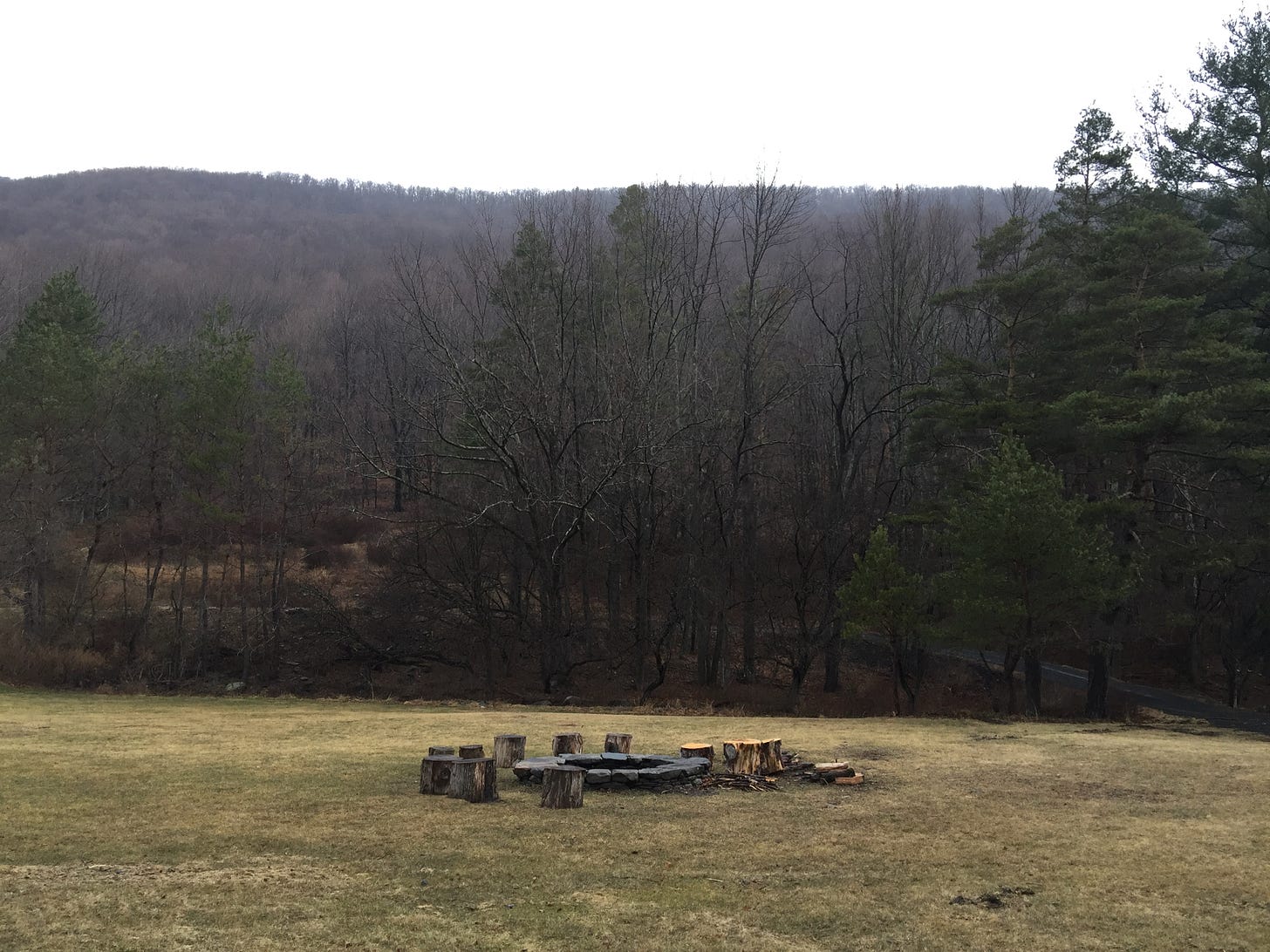
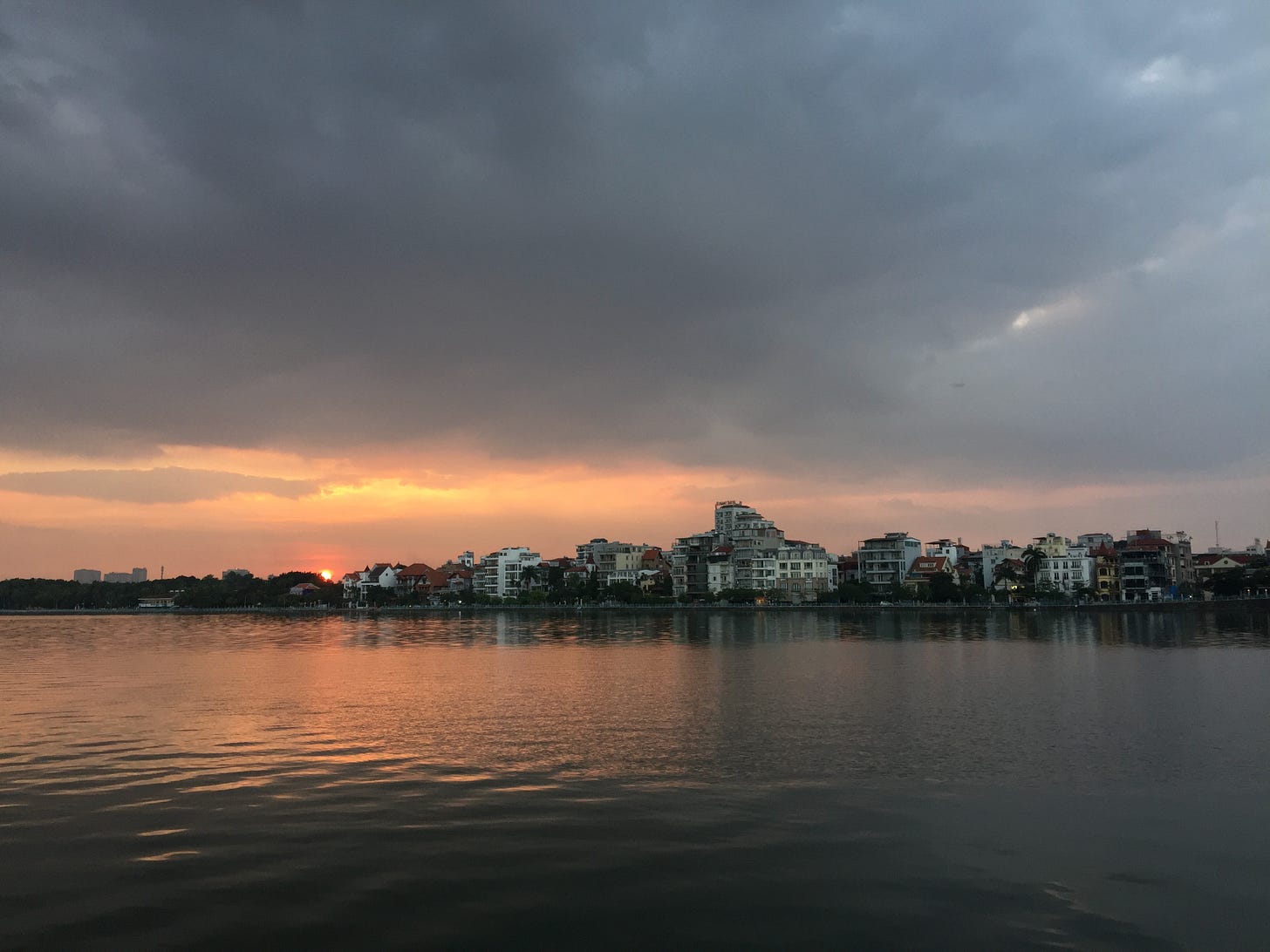
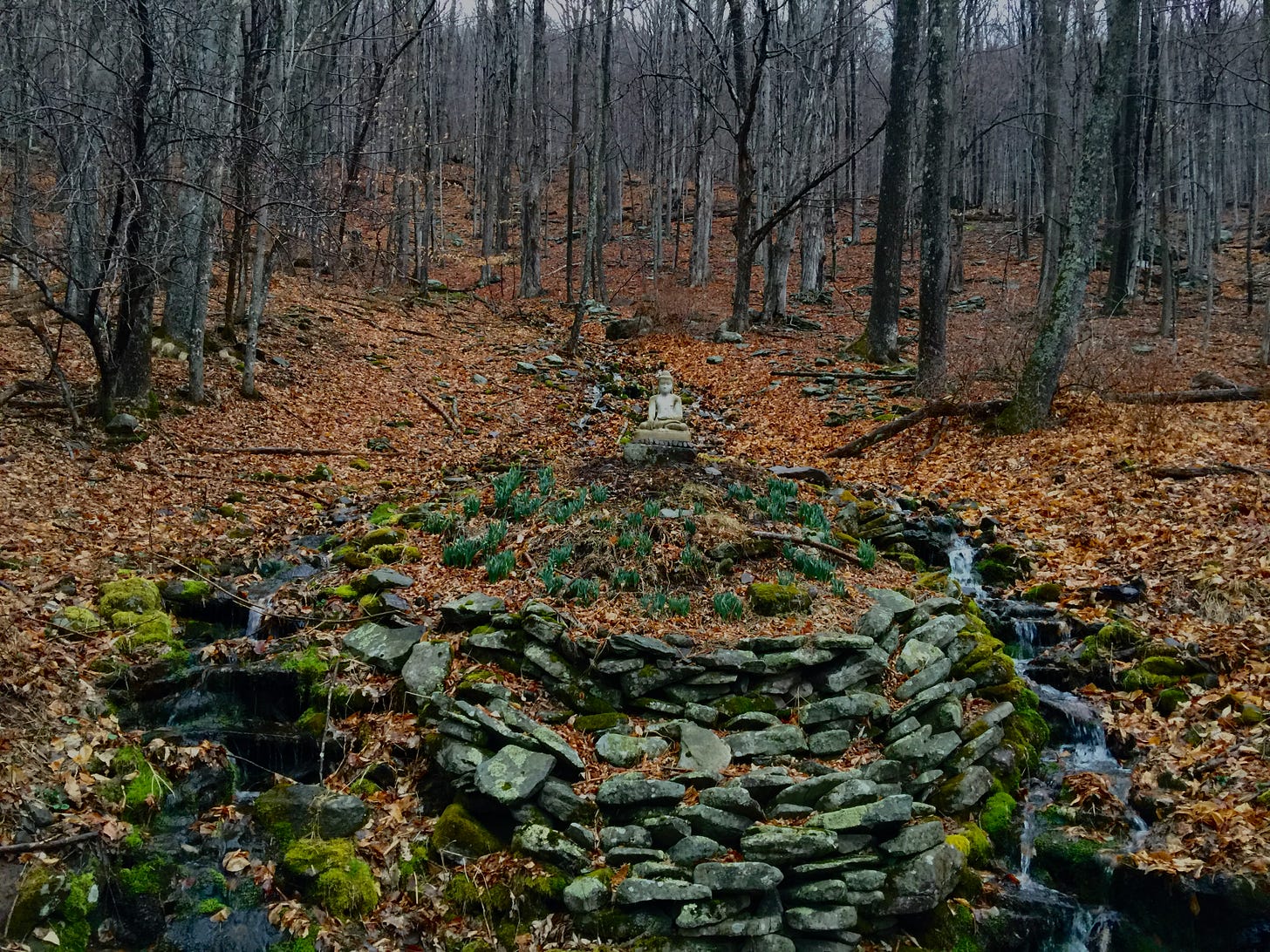
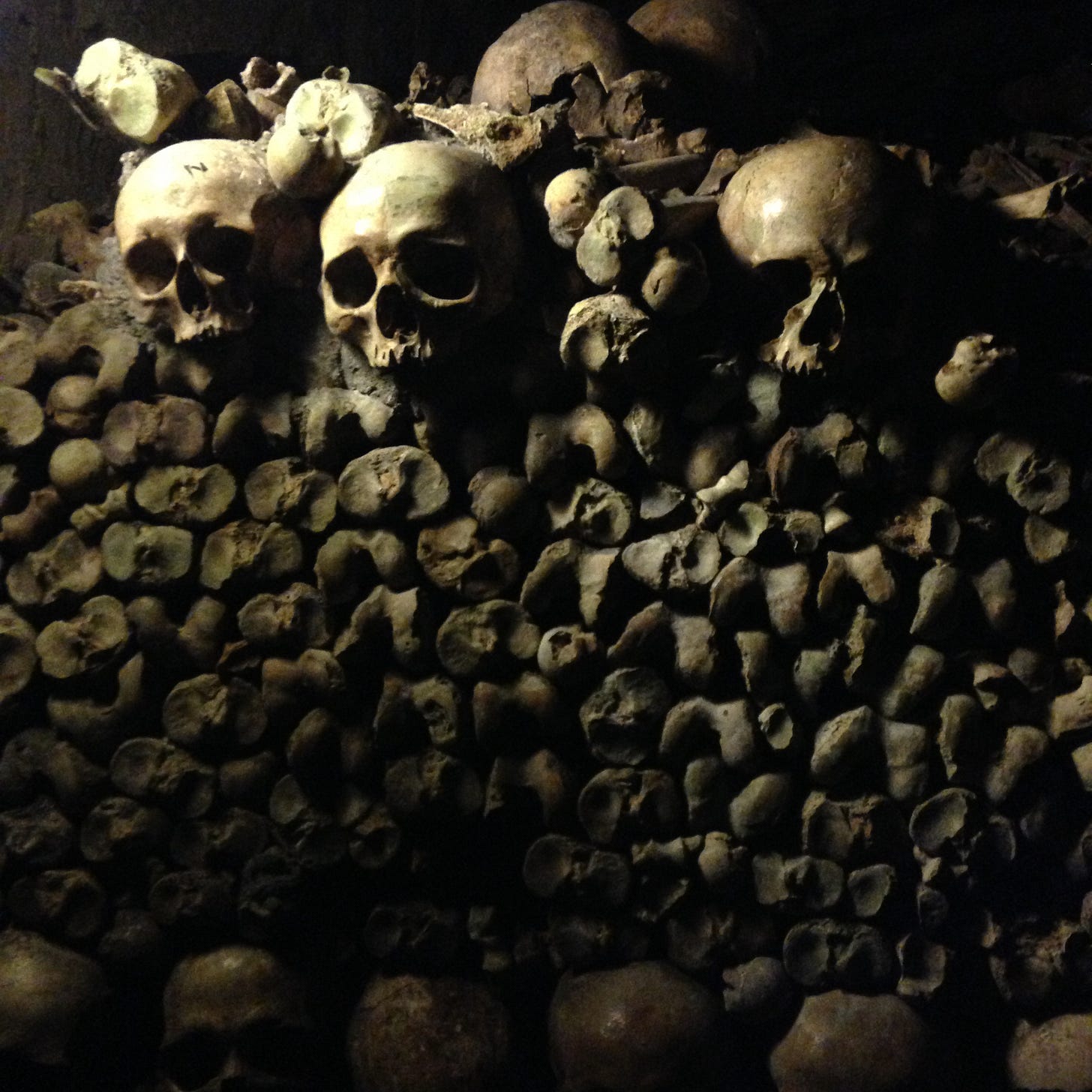

I find myself eagerly awaiting your next long read, wonderful work.